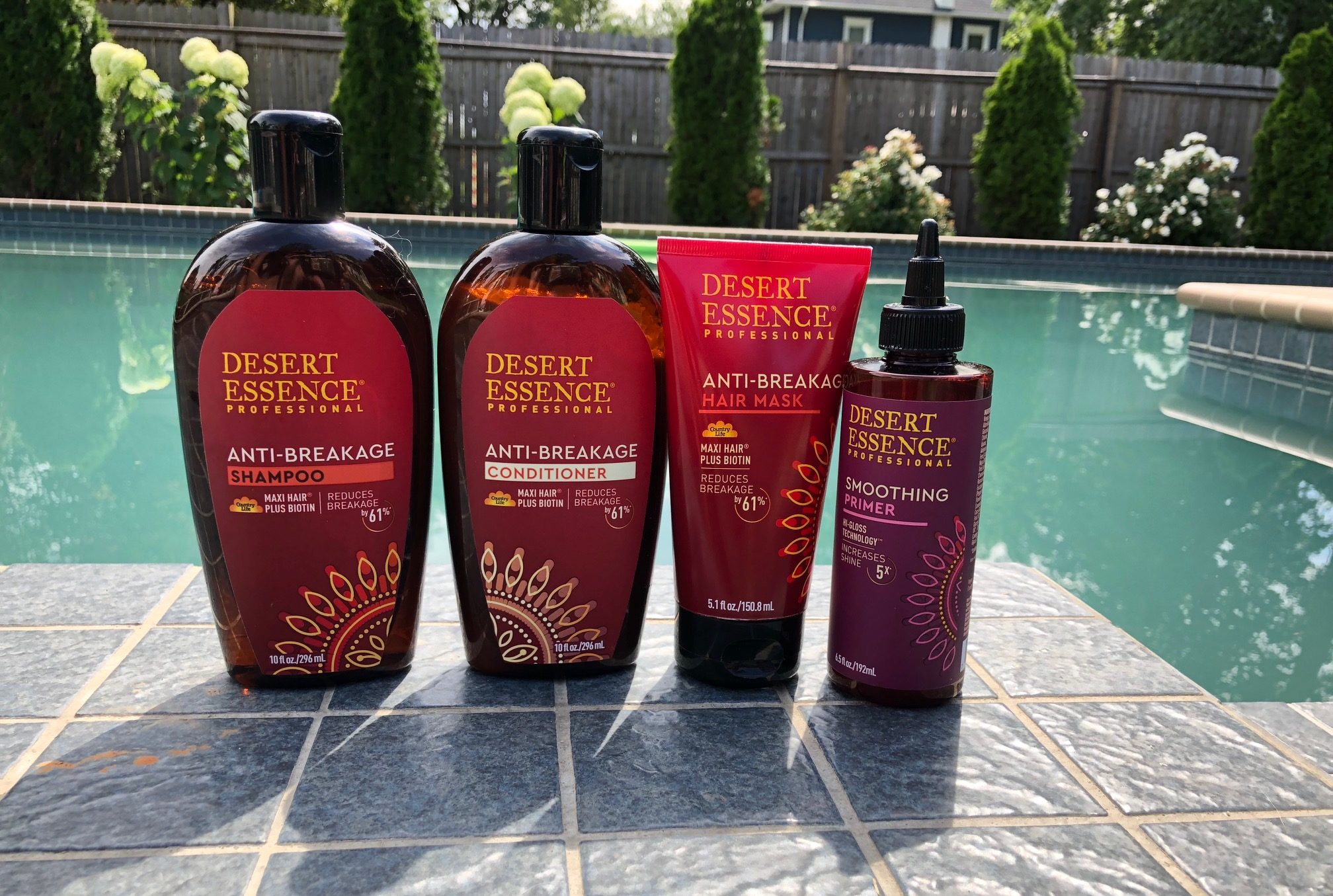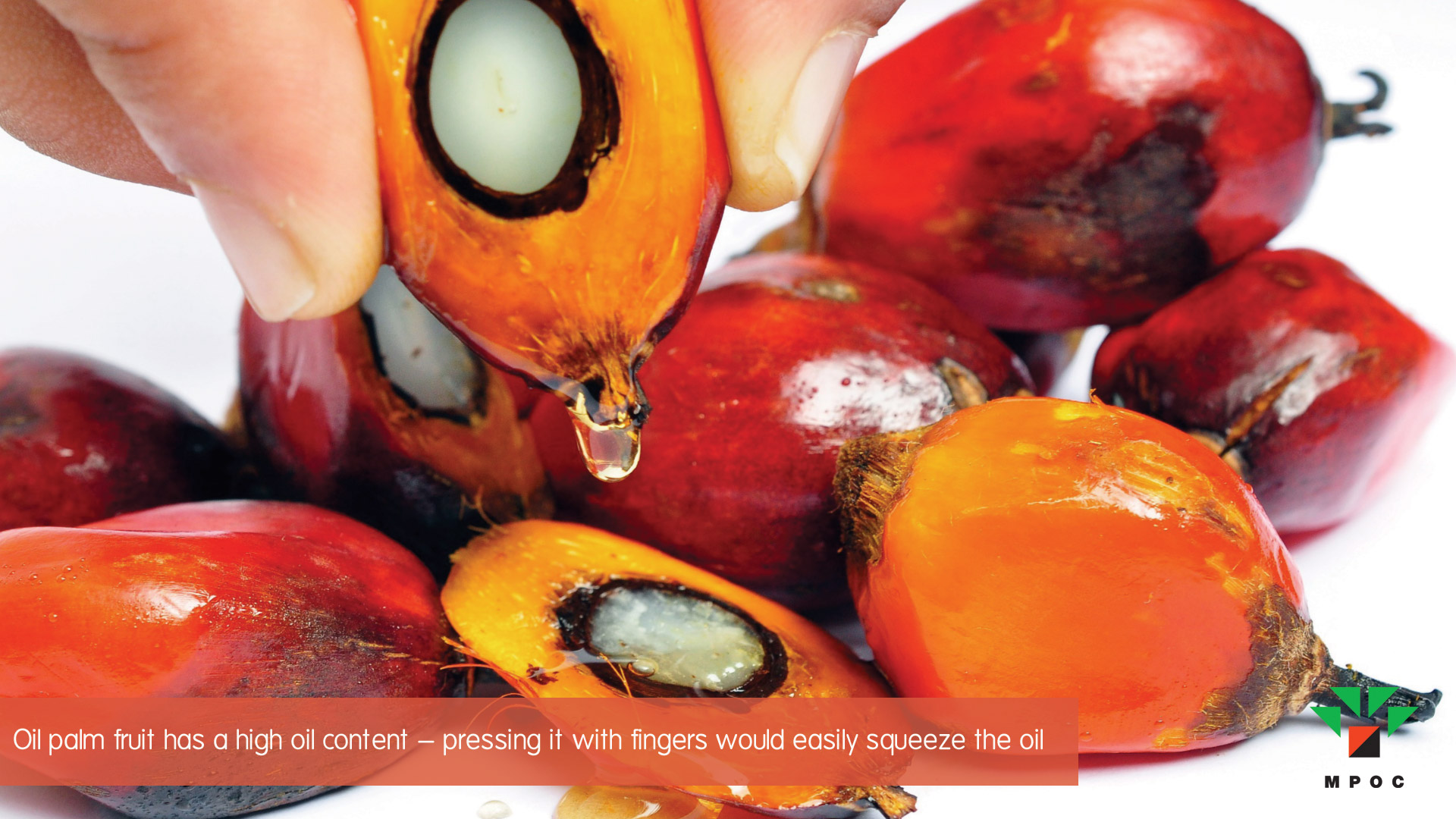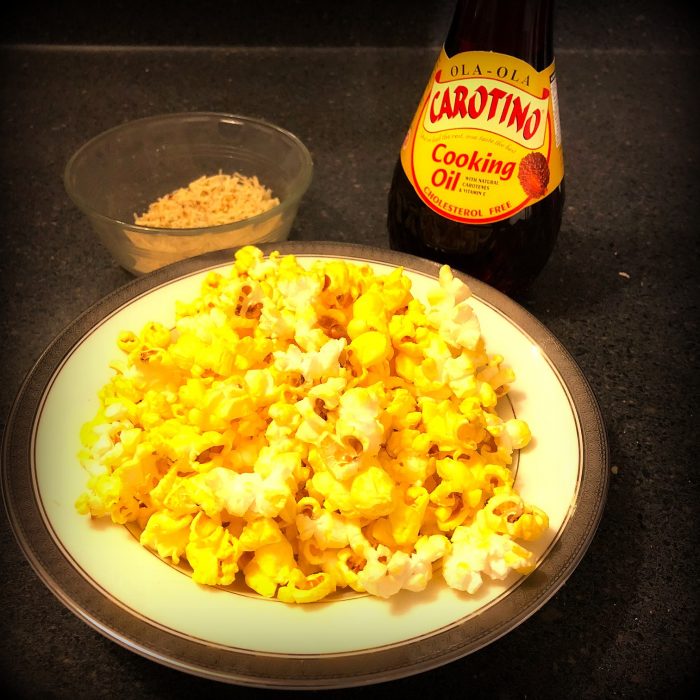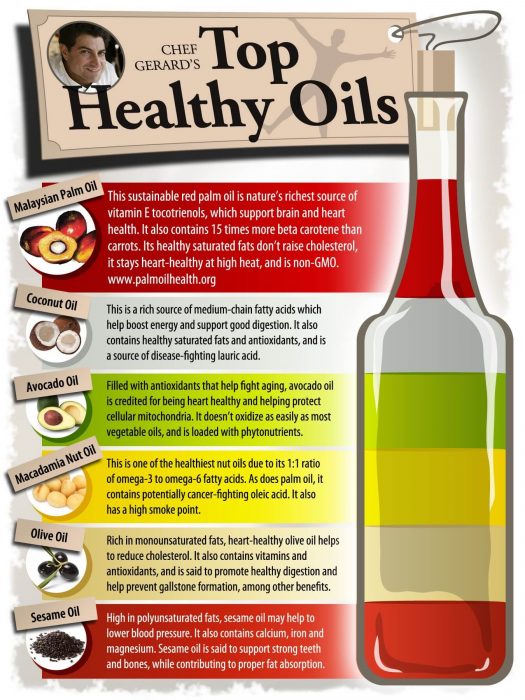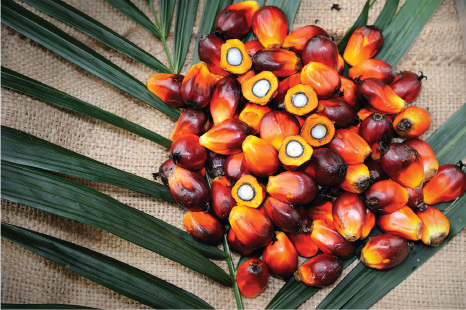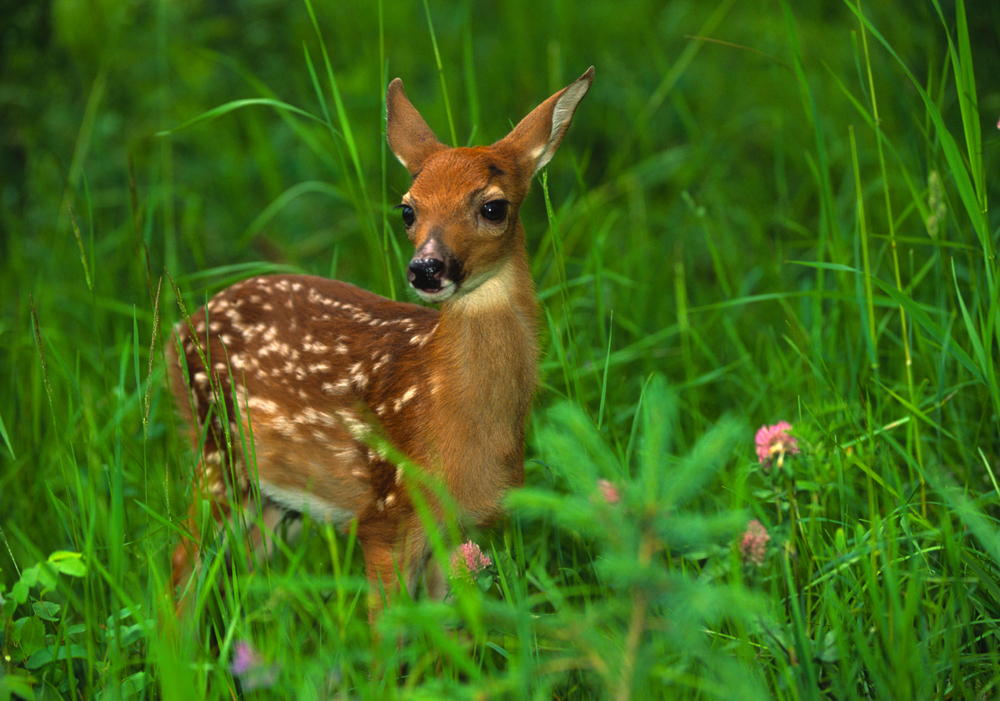Got crunchy, dry, damaged hair from processing, styling, swimming, sweating? We’ve got the fix for those summertime blues.
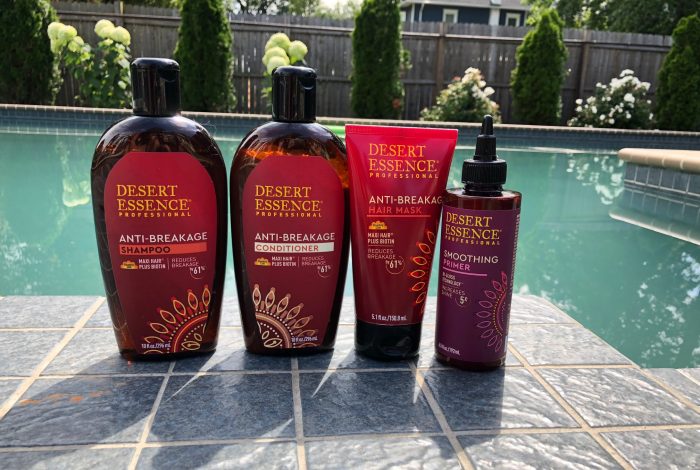
If your hair is done properly and you’re wearing good shoes,
you can get away with anything.
-Iris Apfel
(If you’re not familiar with Iris Apfel you simply must watch Iris on Netflix or at least read this.)
I received Desert Essence products for free from Moms Meet as part of their blogger program to use so that I could post my honest opinions.
I get asked a lot about ways to protect and repair hair, since mine and my daughter Cassidy’s take a beating on a steady basis:
- we bleach out sections several times a year and use fun colors on it every six weeks or so (the dyes we use are vegetable based, but the combing through during application is a little rough)
- we are regularly in the pool or ocean, and in direct sun
- we often shower multiple times a day due to sports/band practice/workouts/swim time
To be honest, my hair is usually pretty crunchy. To paraphrase my new fave John Mulaney, I’m not so much getting old as getting gross. I’m not great at keeping up with getting it trimmed regularly— which is, obviously, the best way to keep your hair looking healthy. The second most obvious option is to not wash it so much, but that’s not really in the cards for us. We have combination hair: while the bulk of our hair is dry and somewhat brittle, the scalp and roots get oily quickly and sweat doesn’t help the situation.
I’ve tried applying countless oils and “smoothing” styling products to the ends, which cuts down on frizz but within hours leaves our hair looking, well, oily and limp.
So for years my solution has been to wash as often as needed and then apply a LOT of conditioner from ponytail grip on down to the ends, letting sit for as long as possible, rinsing REALLY thoroughly, and avoiding styling products other than the occasional emergency dry shampoo. (Dry shampoo is great, don’t get me wrong, but I can’t use it on a sweaty scalp. It grosses me out.) When getting into the pool or ocean, I’d braid my hair while it was still wet and then coat the braid in conditioner or coconut oil (which works and is a hot tip. Write it down).
And then I was sent Desert Essences Anti-Breakage Shampoo and Conditioner to review and everything changed. I’m not even exaggerating.
You may have heard of Desert Essence before. It was founded in 1978 and was the first company to bring Jojoba oil to the marketplace— it’s still their top product.
Desert Essence Anti-Breakage Shampoo is infused with Country Life Maxi-Hair (an exclusive blend that includes biotin, keratin and Pro-Vitamin B5), helping to reduce breakage up to 61%. It also boasts jojoba and coconut oils, aloe, saw palmetto to smooth and fortify hair cuticles, and radish seed extract for shine. Aloe and shea butter in the Anti-Breakage Conditioner help detangle and condition hair.
Holy cats. My husband Jeff usually says that running his hands through my hair is like trying to detangle spiderwebs: it knots almost instantly (I don’t brush very often, to minimize breakage, just finger comb while conditioning) and it’s generally the opposite of silky smooth. Within one use of Desert Essence, the texture of my hair changed. It was actually soft and shiny and less frizzy and you could get your fingers through it! And it continued to improve with ongoing use. And I only had to use a little bit of each product; no more huge globs of conditioner necessary.
I was still struggling with the oily scalp and roots though, which is where stage two of Desert Essence to the rescue came into play. Along with the Anti-Breakage Shampoo and Conditioner, I’d been sent Desert Essence’s Smoothing Primer. This product’s ingredient list includes apple cider vinegar, quinoa protein, tea tree oil hydrosol, maiden hair fern, wild thyme, great burdock and jojoba. It’s meant to help close the hair cuticle, remove product buildup, and balance the scalp’s natural pH. It tingles, which is my favorite quality in a hair product (I used to buy a conditioner that MASSIVELY tingled which I loved but had give it up; it was causing massive oiliness and scalp buildup). But more importantly, my hair has tons more volume at the roots and doesn’t look like an oil slick the next day. You can use it after washing and conditioning, or you can use it in between shampoos to refresh your hair and scalp our without stripping your hair through overwashing. I LOVE IT.
For an extra boost of shine and protection, I’ve also been applying a little of Desert Essence’s Anti-Breakage Hair Mask to my braid before swimming and then doing a nice deep conditioning after a day in the sun. It’s super hydrating and my hair feels like the promises made to you by the pictures in magazines.
Keep in mind that damage is damage— trimming is the only surefire way to keep your ends really looking healthy— but this particular line of haircare really has my hair looking and feeling so much stronger, silkier, shinier.
You can save 20% Anti-Breakage and Smoothing Hair Care Products on desertessence.com with the promo code DELovesMomsMeet. It’s also available at Natural Grocers, Luckys Market, MOM’s Organic Market, and other local natural food stores; check the website for your closest retail location here.
Now that I’ve got all that vain stuff about my hair out of the way, allow me to talk about Desert Essences, the company.
Desert Essence was founded in 1978 around a simple concept: beauty is natural, and nature is beautiful. By bringing the best of nature’s offerings to personal care regimens everywhere, we strive to strengthen the bonds between our planet and all the beings that call it home. Creating a healthy, harmonious relationship with the Earth and our community is the foundation for all we do. We believe in being responsible to others, honest, and forward-thinking to create and preserve a better future for us all.
Um, I love that. But wait, there’s more:
- all Desert Essence ingredients are clearly labeled on the product and on the website; their products have biodegradable formulas, contain no artificial colors or fragrances, and the packaging is recyclable
- their bar soaps are made using 100% sustainably harvested palm and palm kernel oil
- they are a certified B-Corp Corporation, meeting the highest standards of verified social and environmental performance, public transparency and legal accountability
- they purchase wind power credits and print business materials on recycled paper
- they use natural and organic ingredients from around the world, supporting a federation of Australian plantation farmers who signed a pledge not to use any artificial pesticides, herbicides, or fungicides
- no animal testing of any products or ingredients
- they partner with various charities and relief efforts, as well as with organizations like Plan International USA’s Because I Am a Girl Initiative. (With every purchase of their new Oil Blends, Restorative and Balancing Facial Oils, 1% of sales will be donated to help girls in impoverished areas get access to education so they can change their own lives, the lives of their families, and that of their community.)
Oil blends? Facial oils? Yeah. Desert Essence has a ton of products that look like they smell SO GOOD, from skin care to bath & body to dental care. They also have a page to make finding gluten-free products easier (and they’re running a sale on them at the moment, check it out).
